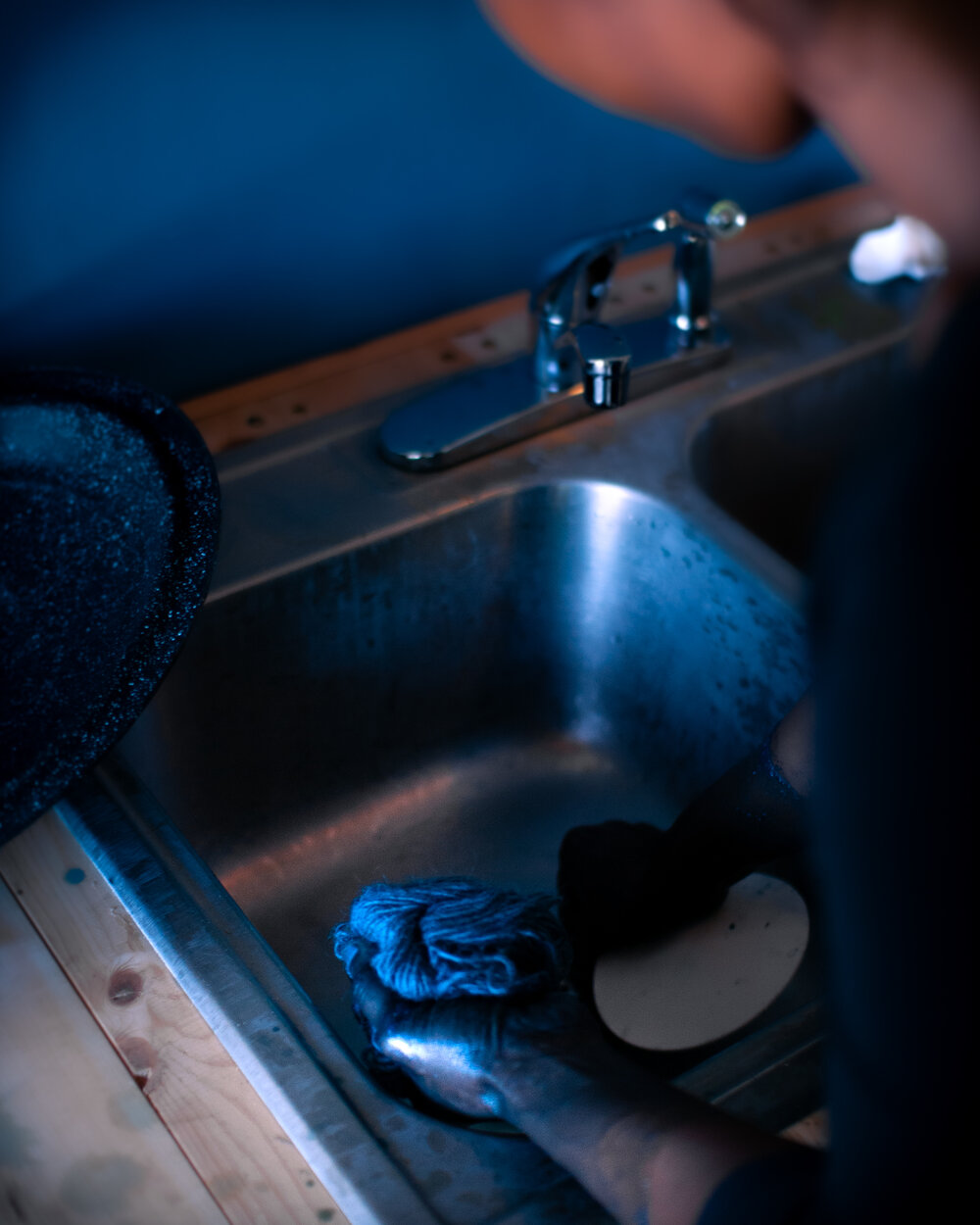Exploring the Chemistry Behind Custom Indigo Dye for Unique Fabric Treatments
The Chemistry of Custom Indigo Dye
Indigo dyeing is both an ancient art and a complex chemical process that has captured the interest of artisans and scientists alike. Historically, indigo has been prized for its deep blue hue, derived from the plant Indigofera tinctoria and other species. Today, custom indigo dyeing has evolved, utilizing both natural and synthetic methods to achieve vibrant colors in textiles, while also exploring the underlying chemistry to enhance the dyeing process.
The Chemistry of Custom Indigo Dye
To enable dyeing, indigo must be converted into a soluble form through a reduction reaction. This is commonly achieved using reducing agents such as sodium dithionite (also known as hydro-sodium dithionite) or natural sugars in the traditional fermentation process. During this reduction, indigo is transformed into leucoindigo, a colorless and water-soluble form of the dye. When fabric is submerged in the dye bath, the leucoindigo readily bonds to the fibers. As the fabric is removed and exposed to air, oxidation occurs, converting leucoindigo back to indigo and resulting in the vibrant blue coloration.
custom indigo dye chemistry

Custom indigo dyeing allows for creativity beyond standard shades. By adjusting the dyeing time, temperature, and concentration, artisans can achieve a range of tones from pale sky blue to deep navy. Shibori techniques, which involve folding, twisting, and binding the fabric, create intricate patterns and textures, showcasing the versatility of indigo dye.
Moreover, advancements in chemistry and textile science have paved the way for improved dyeing methods. Innovations include sustainable practices that minimize environmental impact, such as using natural indigo extracted from plants without synthetic substitutes. The development of biodegradable reducing agents also contributes to eco-friendly dyeing processes.
In summary, the chemistry of custom indigo dye involves a fascinating interplay of organic compounds and innovative techniques. The transformation from insoluble indigo to dyeable leucoindigo illustrates the intricate relationship between chemistry and artistry. As interest in sustainable fashion continues to grow, understanding the chemistry behind indigo dyeing will be crucial for developing environmentally friendly practices that honor the rich traditions of this ancient craft. Through the marriage of science and art, custom indigo dyeing remains a vibrant expression of creativity across cultures.
-
Sulphur Black Dyes in Daily Use
NewsMay.07,2025
-
Indigo Dyeing for Daily Life
NewsMay.07,2025
-
Indigo Dye Production and Its Growing Demand
NewsMay.07,2025
-
Color That Lasts
NewsMay.07,2025
-
Bromo Indigo for Modern Use
NewsMay.07,2025
-
Blue From Nature
NewsMay.07,2025
-
The Timeless Color in Fashion and Textiles
NewsApr.10,2025

Sulphur Black
1.Name: sulphur black; Sulfur Black; Sulphur Black 1;
2.Structure formula:
3.Molecule formula: C6H4N2O5
4.CAS No.: 1326-82-5
5.HS code: 32041911
6.Product specification:Appearance:black phosphorus flakes; black liquid

Bromo Indigo; Vat Bromo-Indigo; C.I.Vat Blue 5
1.Name: Bromo indigo; Vat bromo-indigo; C.I.Vat blue 5;
2.Structure formula:
3.Molecule formula: C16H6Br4N2O2
4.CAS No.: 2475-31-2
5.HS code: 3204151000 6.Major usage and instruction: Be mainly used to dye cotton fabrics.

Indigo Blue Vat Blue
1.Name: indigo blue,vat blue 1,
2.Structure formula:
3.Molecule formula: C16H10N2O2
4.. CAS No.: 482-89-3
5.Molecule weight: 262.62
6.HS code: 3204151000
7.Major usage and instruction: Be mainly used to dye cotton fabrics.

